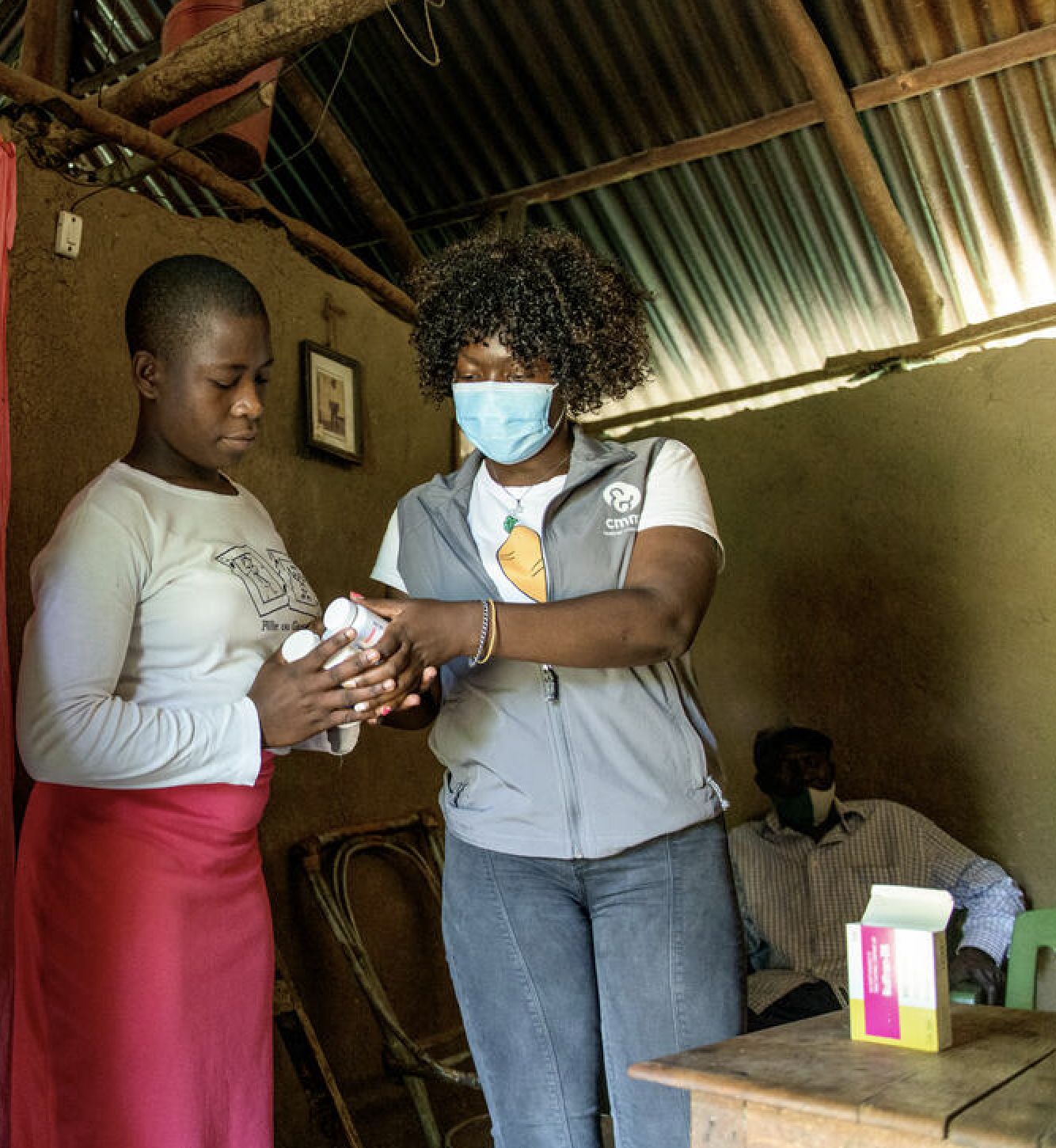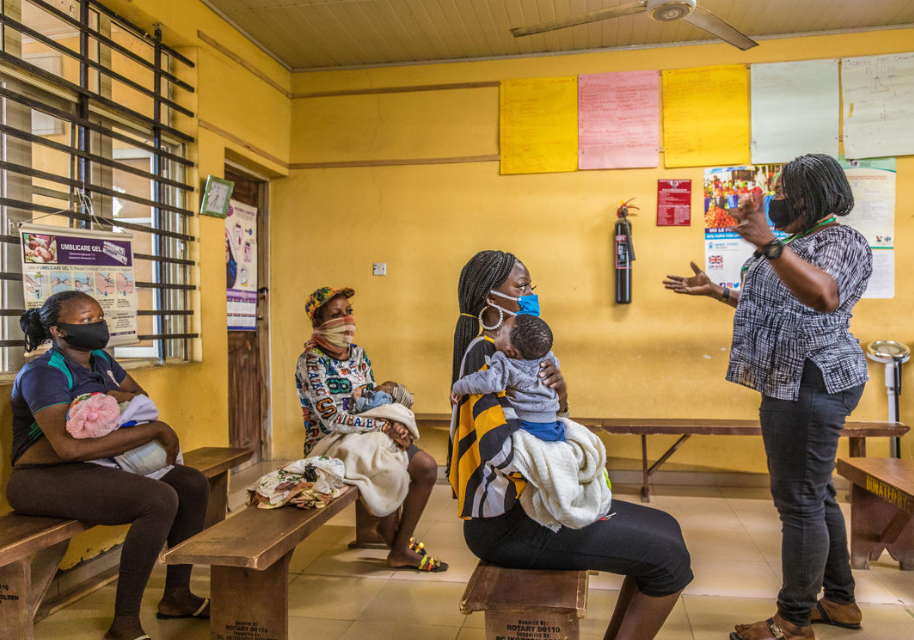Thailand is the first country in Asia to be severely affected by the HIV epidemic. Gay men, transgender women, injecting drug users, sex workers… The epidemic particularly affects key populations.
In 2019, faced with the proliferation of the epidemic in Thailand, Chiang Mai University launched the NAPNEUNG-2 project (whose phase 1 began in 2015), a program funded by L’Initiative for the prevention of HIV transmission and testing, including the distribution of PrEP – a medicine that prevents infection with the virus. In a context degraded by the Covid-19 pandemic, the project was able to adapt to ensure its continuity and maintain its support for key populations while minimizing the risk of transmission of the coronavirus.
Gonzague Jourdain
Doctor of clinical epidemiology and researcher at Chiang Mai University in Thailand.
Can you tell us about the NAPNEUNG-2 project and its main objectives in terms of combating HIV?
This project aims to make it easier to access HIV testing, while simultaneously providing tests for hepatitis B, syphilis, and hepatitis C. One major problem we identified was that many people in Thailand struggled to get tested. Lack of information, discrimination, and the fact that testing is not seen as a priority are all barriers to access.
Following the first phase of the NAPNEUNG project, what key innovations did NAPNEUNG-2 introduce?
The first change was to introduce tests capable of detecting multiple infections at the same time. Then, we made broader use of digital methods to better organize the testing process. Finally, we developed strategies to encourage people to get tested, because it’s not enough simply to provide tests; there also needs to be a demand for them. We therefore adopted simple but effective strategies, such as distributing flyers for free tests in the street. Before the end of the program, we also plan to launch automated test dispensers. We noticed that some people were concerned about tests being sent to their homes, as they worried about being identified by their address.
How did the COVID-19 pandemic affect the NAPNEUNG-2 project?
The pandemic was a major challenge, but it was also an invaluable learning experience. We drew on the strategies used to combat the pandemic to bolster the effectiveness of our project. For example, in September 2023, we started distributing HIV tests by mail, which allows people to test themselves and submit their results through an online app. The data collected is crucial to monitoring the evolution of the epidemic. Finally, COVID-19 encouraged some companies to develop combined HIV and COVID-19 tests.
What lessons can be learned from this project?
We have shared what we learned through publications. We also carried out a study to highlight the importance of digital testing, backed up with an economic analysis. A guide to self-financing testing activities will be released on December 1.
What are the next stages in the NAPNEUNG-2 project?
Clinical research will probably continue, because we are about to begin a PrEP trial with a new, more user-friendly treatment. This simplification should allow the use of PrEP to be maximized across the whole of South-East Asia. Hepatitis B is another major concern, and people continue to die from it due to a lack of testing. I am currently working with doctors in the north of Thailand to expand low-cost testing programs and introduce mass screening.
As a clinical epidemiologist working on this project, what key message would you like to send to mark World AIDS Day?
If you think you might have been exposed to HIV, get tested! It’s so simple and it could change your life. It sounds like a bad joke, but I often say that being diagnosed with HIV is good news. Being diagnosed is the opportunity to be able to receive treatment and live an almost normal life, which is not the case for someone who is not diagnosed.











